Guided by Department of Culture of Guangdong Province and hosted by Guangdong Museum of Art, “Simultaneous Eido—Guangzhou Image Triennial 2017” was unveiled on December 15th, 2017 at Guangdong Museum of Art. This Image Triennial is generally planned by Director Wang Shaoqiang of Guangdong Museum of Art, and curated by Alejandro Castellote (Spain), Bao Dong (China) and Zeng Han (China). Themed on Simultaneous Eidos, the triennial is conducted in two parts of theme exhibition and special exhibition, displaying the works of 58 artists from China, Japan, Singapore, France, Spain, Switzerland, Brazil, Argentina, Peru, the United States, and other countries and regions.
Among the distinguished guests to the opening ceremony are Deputy Director-General Yang Shu of Department of Culture of Guangdong Province, Mr. Li Jingkun who’s concurrently Vice Chairman of Guangdong Federation of Literary and Art Circle, Chairman of the Guangdong Artists Association and President of Guangzhou Academy of Fine Arts, Spanish Consul-General Marcos Gómez Martínez in Guangzhou, Peruvian Consul-General David Gamarra in Guangzhou, French Consul-General SivLeng CHHUOR in Guangzhou, Counselor (cultural) Robert LACOMBE of France Embassy in China, Germany Consul-General Martin Fleischer in Guangzhou, Germany Deputy Consul-General Dirk Lechelt in Guangzhou, Swiss Deputy Consul-General in Guangzhou, Italian Deputy Consul-General Alice Rubini in Guangzhou, Vice Chairman Lin Lan of Guangdong Artists Association and Guangzhou Academy of Fine Arts, and Mr. Wang Shaoqiang, Vice Chairman of Guangdong Artists Association and Director of Guangdong Museum of Art.
The opening of “Guangzhou Image Triennial 2017” manifests Guangdong Museum of Art’s attention to the research of “image” art. From the past three Guangzhou Photo Biennials to the present “Guangzhou Image Triennial 2017”, Guangdong Museum of Art has not only upheld the fundamental principle of standing firm with the international perspective and sticking to the humanistic stance of image sociology, but also in a brand new social and cultural context, developed a new thinking on photography, or more broadly, the independence of image as a compound media and interconnections between different media. Therefore, facing the complex image media today, a more open attitude could be applied to construct a space for in-depth discussion of photography and different image arts.
Guangdong Museum of Art has over the past years curated “Guangzhou Photo Biennials” and a series of thematic photo exhibitions. Keeping a close eye on the relationship between photography and the era, history, society and humanities, we never stopped exploring and tracing the photographic images’ forming process, structure and sociological significance, accumulating a wealth of academic resources for research and collection of modern and contemporary photographic art. Historically, “photography” hasn’t been an immutable and fixed concept. From the camera obscura in the era dominated by painters to the photography in the 19th century, people have been trying to capture the chemical reactions of different “lights”. Nowadays, the element “light” has transformed into digital image. Such fission process has not only greatly extended the boundaries of photography concept, but has also gradually infiltrated the construction of other media forms and modern life and turned into an aesthetic experience for sharing and exchange. Therefore, how to sort out the interdisciplinary experiments brought by the collision and blend of static photography and other image media has become a new area of our concern and research.
Worldwide Reconsideration of “Image”
It’s based on such standpoint that Simultaneous Eido—Guangzhou Image Triennial 2017 was organized. In other words, the transition from “photography” to “image” heralds the extension of “photography of social humanities” to a more inclusive and disciplined “images for visual research”. Driven by the modern science and technology nowadays, the concept of “image” has been transformed into a larger category. The overlap between static and dynamic, material and immaterial, two-dimensional and multi-dimensional images began to go beyond the visual expression defined by “photography”. Therefore, “image” could be understood as a compound media which will have more organic connections with contemporary aesthetics and culture and produce better propagation effect. It’s noteworthy that “影相” (two characters from the Chinese theme “复相•叠影”, literally meaning complex phase·overlapping shadows) is a Cantonese saying of “photography”. The characters “影” (shadow) and “相” (phase) in the Chinese theme will refer to the space and discourse corresponding to the photographic ontology, that is, the traditional photo gallery and photography. The other two characters “复” (complex) and “叠” (overlapping) in the Chinese theme indicate that only when the scenes taken by different media are assembled and gathered, can it be possible to get closer to the “truth” of the world.
The theme exhibition of the Triennial is jointly curated by Bao Dong from China and Alejandro Castellote from Spain, displaying reflections on traditional photography, image transmission and consumption on the topics of camera, photo studios, darkroom, mirroring, simulacra, simulation, frame and album of paintings, nature and life. In the meantime, as the medium enters the stage of transformation, it attempts to find out the future shape and draw a visual map of the image art around the world.
Returning to “Cantonese Photography” in Parallel Considerations
In addition, Guangdong Museum of Art has been focusing its attention on regional ecology and local art. Modern photography is inextricably linked with the history and culture of the Pearl River Delta. Not long after its emergence in the 19th century, photography was introduced to China by the France’s trade missions. It spread from Canton, Hong Kong and Macao to the whole country. In the 1940s, HK ushered in an era of salon photography that lasted over 30 years, producing a large batch of photographic works based on the experience of photo studios. The Pearl River Delta has been an important field of contemporary photographic art practice until the 1980s and 1990s. The artists used cameras to record the changes of the city and the wave of consumerism. Therefore, to explore the development of photography during different periods in China, we should return to the Pearl River Delta first.
That’s why we invited curator Zeng Han to design the special exhibition “Mirroring Cantonese Photography” for the Guangzhou Image Triennial 2017 as an attempt of “returning to the Pearl River Delta”. Based on the research of the photography history in Canton, HK and Macao and reflections on its parallel relations with the history of globalization, the special exhibition displays the works of 15 artists. By means of the case studies and exhibitions of photographers or artists at different times, the exhibition aims to discuss the relations of photography with history, society and the era we live in, while presenting a century-old image creation process through sampling. The special exhibition shows the original Albumen photos by Afong (1839-1890) in the late Qing Dynasty, “Illustrations of China and Its People” taken by John Thomson (1837-1921) when he traveled in China at the end of the 19th century, “New City Photography” by Ho Fan (1933-2016) in the 1950s and 1960s that features unique geometric aesthetics and oriental classical beauty, and important collections of Guangdong Museum of Art that range from the works of Sha Fei (1912-1950) to Cao Fei and Qiu in the 21st century who recorded and described the process of urbanization with their unique images. Along the journey from Canton, Shanghai, Yan’an to Shanxi-Chahar-Hebei, Sha Fei had grown from a leftist photographer to a founder of the Red photography in China. His works during the anti-Japanese war are the most important and most representative historical images.
Purpose and Position
The predecessor of Guangzhou Image Triennial is Guangzhou Photo Biennial hosted by Guangdong Museum of Art. As one of the most representative and large-scale international photo biennials in China, Guangzhou Photo Biennial serves the fundamental purpose of standing firm with the international perspective, sticking to the humanistic stance of image sociology, and promoting the development of contemporary photography and culture in China. Looking back on the past Guangzhou Photo Biennial in 2005, 2007 and 2009, you’ll find that each Biennial features a distinctive theme, focuses on a specific academic field, combs through the history rigorously, and showcases contemporary photography. At the same time, the biennials ignited the domestic art museums’ passion for research and collection of photography works.
To create a positive academic atmosphere, Gu Zheng, Pi Li, Chen Weixing, Yang Xiaoyan, Feng Yuan, Qin Wei and other experts and scholars were invited to form an academic committee, while Lu Mingjun, Sun Dongdong, Sun Xiaofeng and Chen Wei were invited to form an observation and review group. Three academic curation conferences have been organized by Guangdong Museum of Art since September 2016. Scholars and experts in various fields held multiple in-depth and productive discussions about whether to relaunch the brand project of "Guangzhou International Photography Biennial Exhibition", the significance of the project, the transition of contemporary photography and curatorial system, and the academic institutionalization of art museums. Finally, Guangdong Museum of Art decided to relaunch the brand project of "Guangzhou Photo Biennial" based on the opinions and suggestions of all parties and the academic position of the museum and officially renamed "Guangzhou Photo Biennial" as "Guangzhou Image Triennial". The name is changed out of the following considerations. With the development of digitization and the internet and continuous expansion and development of techno-visual media, photography has, to a large extent, been a part of the broader image culture. At the same time, a growing number of artists are also using various new media in photography, broadening the diversified expressions of photography. Based on the observation and reflection of the development of media phenomenon, Guangdong Museum of Art expands its research focus from the original "photography of social humanities" into a more inclusive and disciplined “image for visual research” to promote the practice and research of contemporary Chinese image art.
Image could be categorized as one of the most open and experimental art in contemporary art. Guangdong Museum of Art has played a pioneering role in the development of image art. It’s quite important to comb through and review the image art in a comprehensive and systematic way and develop new understandings and studies on the image art in its dynamic process of development.
Guangdong Museum of Art hosts the Triennial in the hope of enriching the long-term research on image art, highlighting its own academic attitudes and cultural positions, and building a great platform for popularizing the image art and archiving the phased achievements. In the meantime, we’d like to take advantage of the Triennial to provide extensive and comprehensive materials and resources to all walks of life and attract the public attention on image art in a bid to further promote the practice and development of contemporary image art in China.
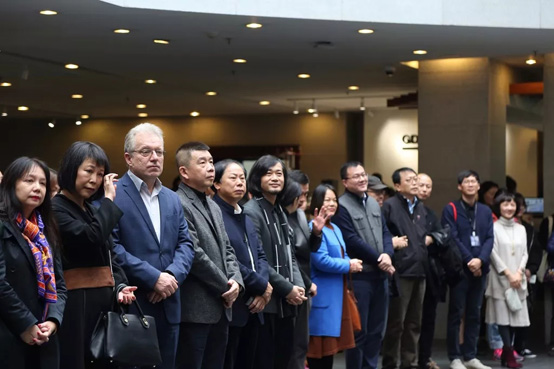
Opening Ceremony
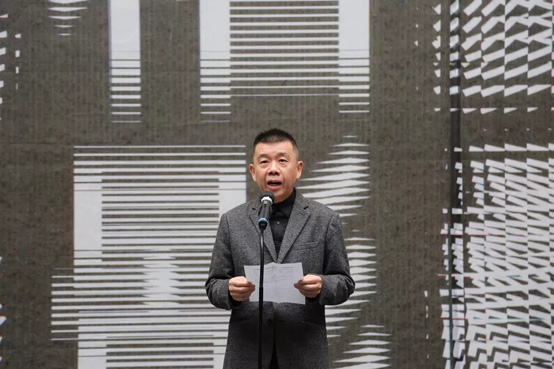
Yang Shu, Deputy Director-General of Department of Culture of Guangdong Province, delivers a speech
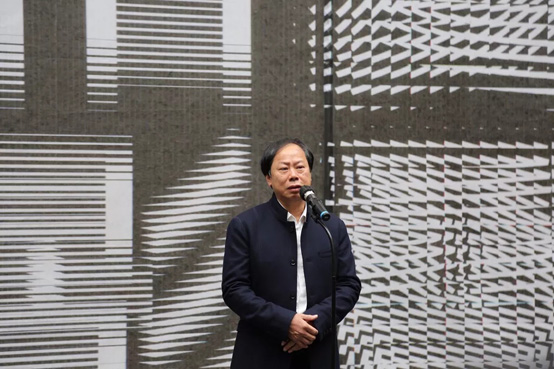
Li Jingkun, Vice Chairman of Guangdong Federation of Literary and Art Circle, Chairman of Guangdong Artists Association and President of Guangzhou Academy of Fine Arts, delivers a speech
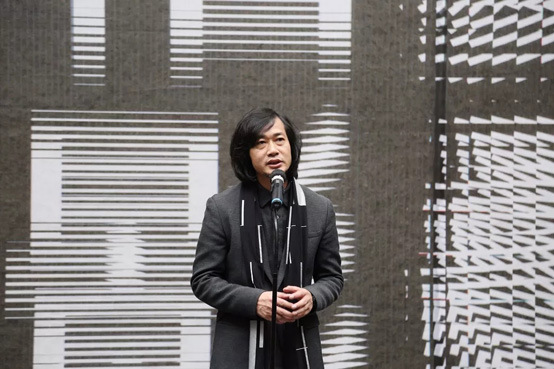
Wang Shaoqiang, Vice Chairman of Guangdong Artists Association and Director of Guangdong Museum of Art, delivers a speech.
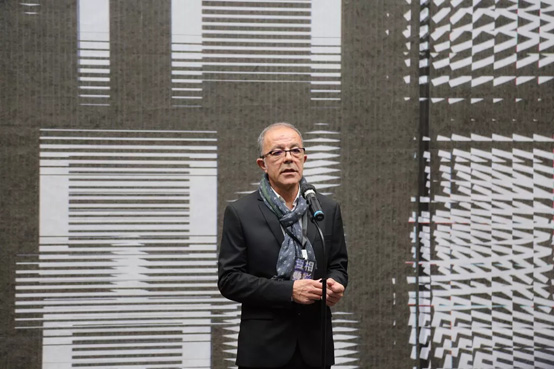
Alejandro Castellote, curator and critic, delivers a speech.
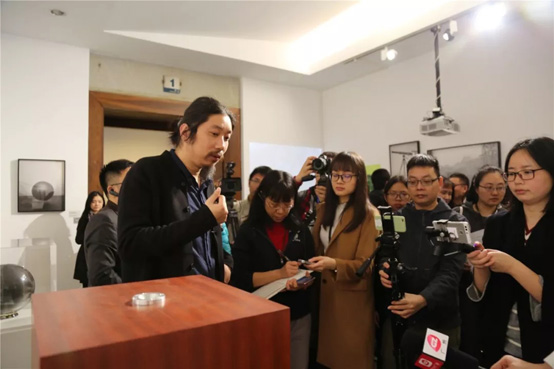
Curator Bao Dong talking with the media
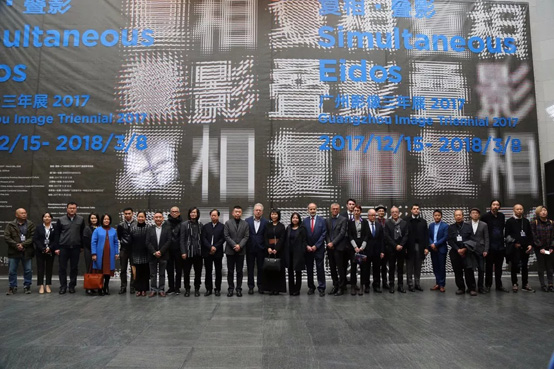
Photo group of distinguished guests at the opening ceremony
Text: Wu Junxian, Danni
Picture: Wu Junxian
Editor: Wu Junxian
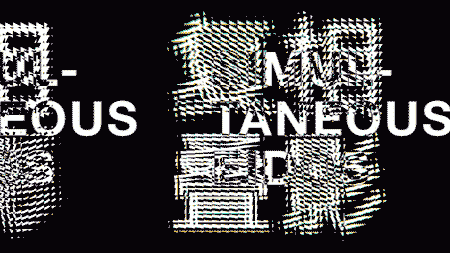
About the Exhibition
Simultaneous Eido—Guangzhou Image Triennial 2017 Unveiled in Guangdong
Time: December 15, 2017—March 8, 2018
Venue: Exhibition Hall 1-12
Curator in Chief:
Wang Shaoqiang, Director of Guangdong Museum of Art.
Curators
Alejandro Castellote, independent curator from Spain
Bao Dong, independent curator
Zeng Han, independent curator and photographer
Academic Committee
Director: Wang Shaoqiang
Members: Gu Zheng, Pi Li, Chen Weixing, Yang Xiaoyan, Feng Yuan, Qin Wei
Observation and Review Group: Lu Mingjun, Sun Dongdong, Sun Xiaofeng, Chenwei




